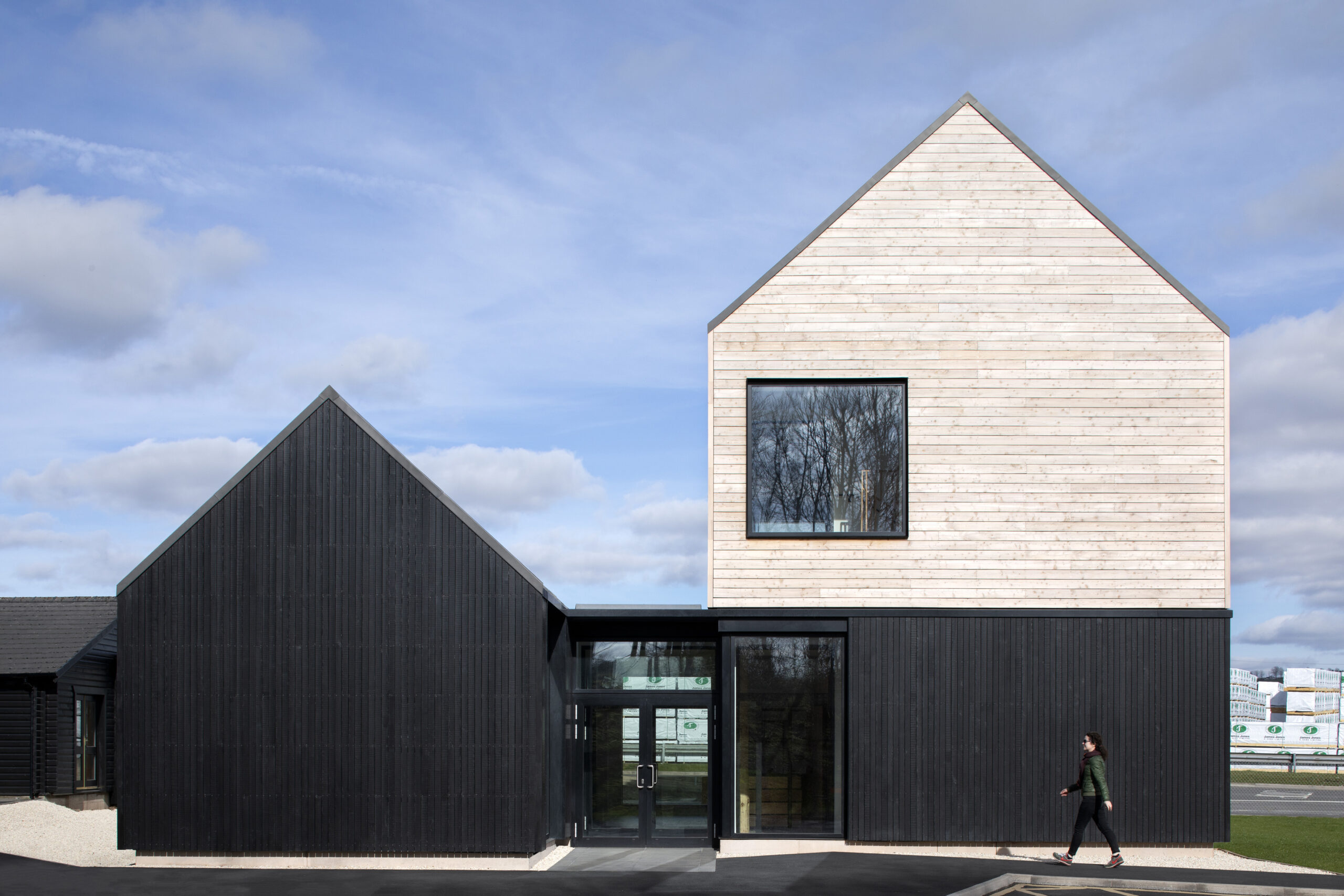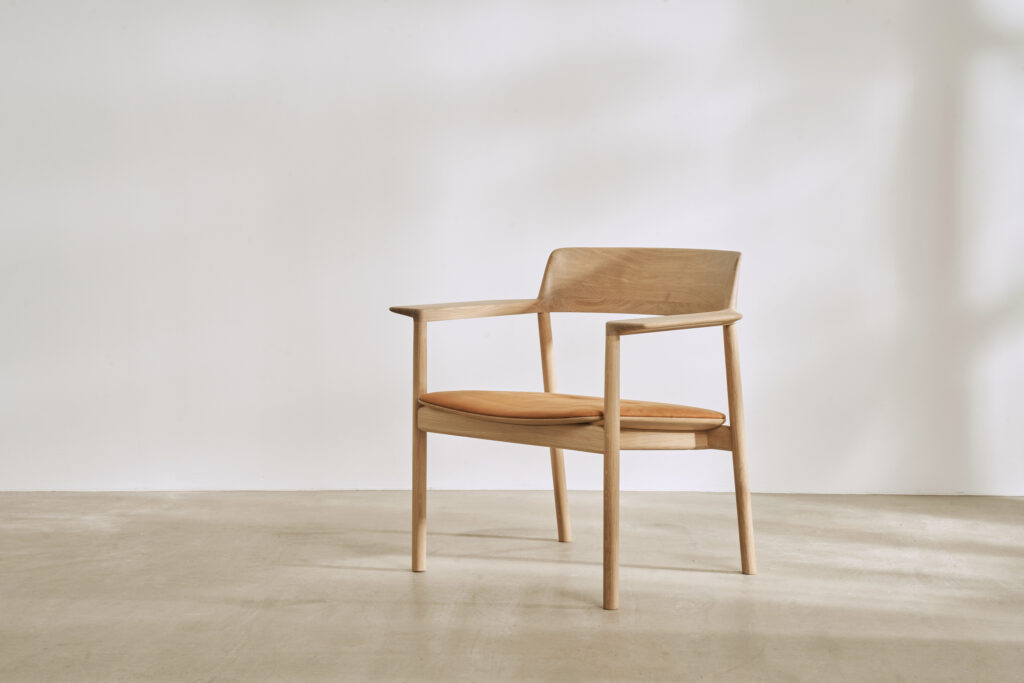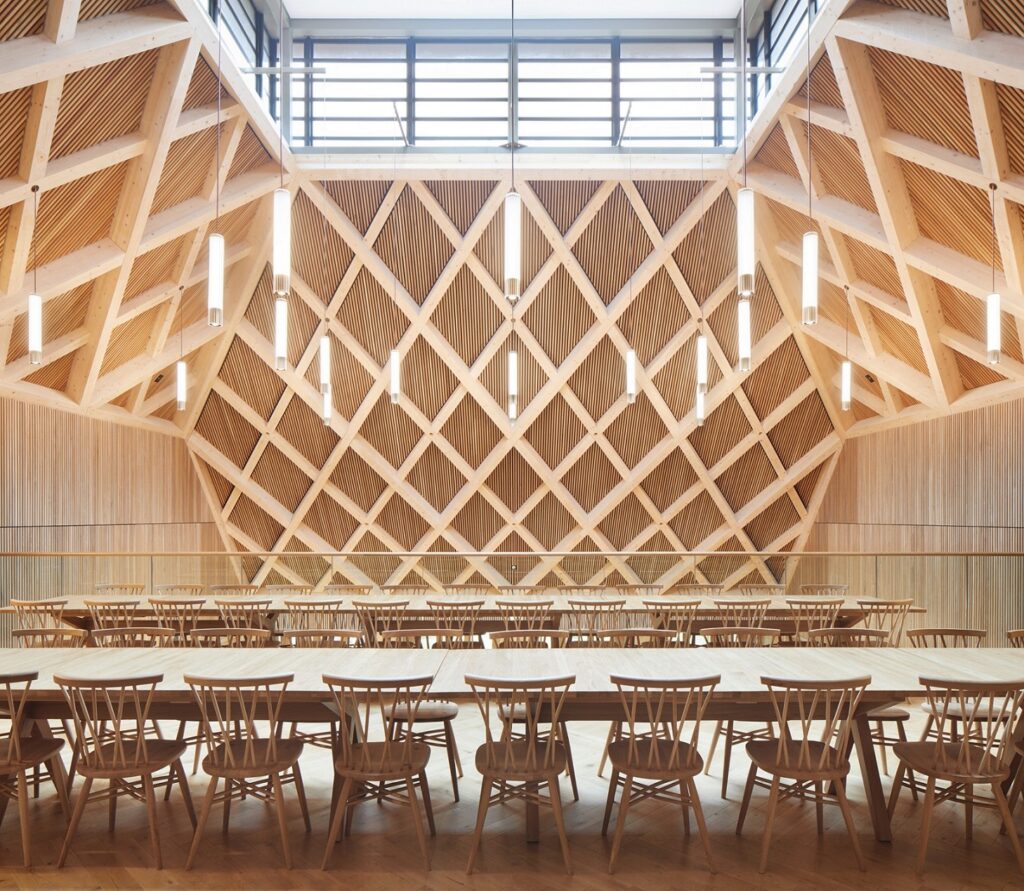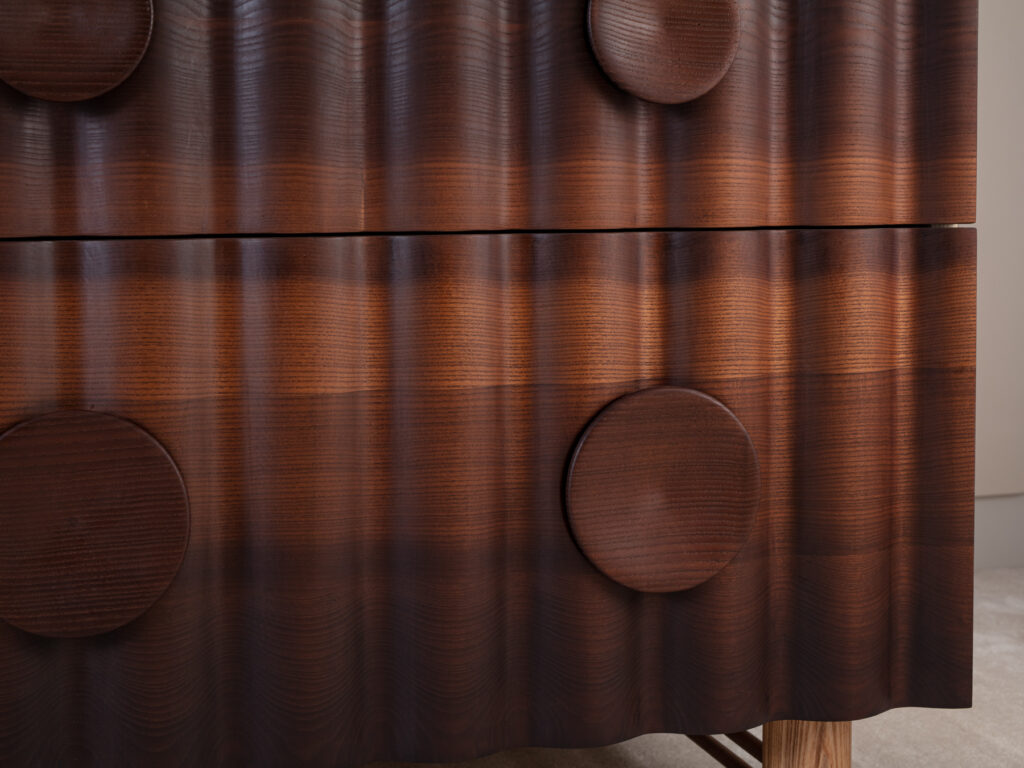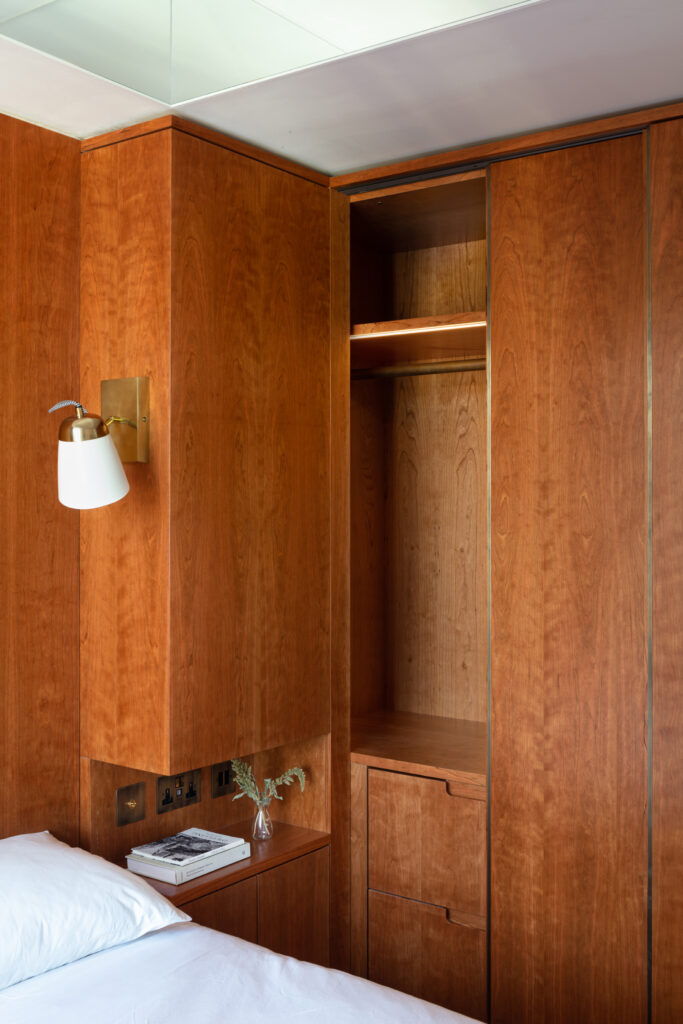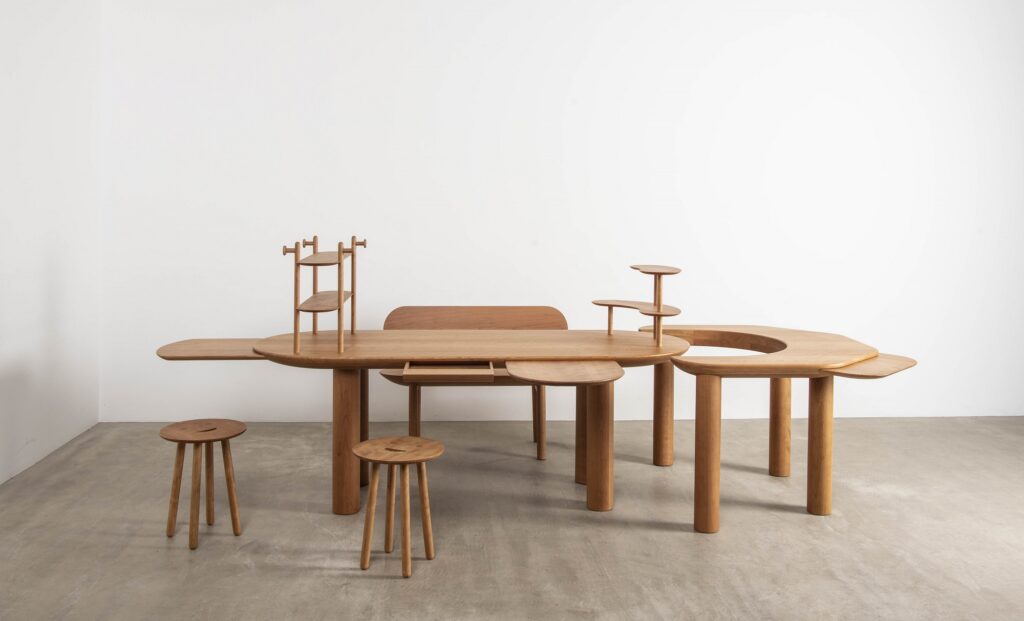Humans have used wood as a creative medium and practical material since at least the stone age, when an agricultural revolution encouraged folks to start settling in timber longhouses. That ancient connection reverberates in the 19 buildings and 11 products recently shortlisted in the U.K. Wood Awards. Designed to celebrate outstanding wood architecture and product design, the awards link responsible forest supply chains to sustainable natural and urban environments, and promote forests themselves as a way to reduce carbon emissions.
You can go to the Wood Awards for the full, fascinating shortlist, but here are a few that stood out to me:
Knox Bhavan Architects employed Cherry wood from France and European Oak (below) from Croatia to transform a 1930’s London apartment into a practical, handsome pied-a-terre that references the client’s past connection to shipping and ocean liners. Cherry veneer warms the living room and bedroom, and sprayed white joinery connects curvy walls. Custom brass ironmongery is influenced by the RMS Queen Mary.

Also in London, Emil Eve Architects turned a large Victorian apartment into a book lover’s dream. It opens directly into a rectangular library space, lined in solid oak joinery with open bookshelves and hidden storage. Sliding oak pocket doors can be fully opened to create a lateral views from one end of the apartment to the other. Lime-washed birch plywood continues in the dressing room and bedrooms for storage, a slatted headboard, and a window seat.
Other entries include:
Furniture finalists, who were invited to create a design for a table and seat for their homes, were equally impressive.
Jan Hendzel Studio used cedar, Douglas fir, and ash from the U.K. for a magnificent modular nine-piece furniture collection that juggles traditional British materials and techniques—like hand-tooling—with digital processes.
Objects are designed snugly fit together. The chest of drawers is made from solid ash with dovetail joinery. The top drawer hides a liner that fits trays made from off-cuts. Legs and handles are hand-turned.
Spanish designer/artist Jamie Hayon created a table and chair set (below) out of American Cherry that unfolds—like a Swiss army knife—to provide space to gather, play, eat and work.
This is very fine cabinetmaking. The table-length is cut from one length, with the grain running through the table, and legs are turned from solid cherry. A satellite table, two stools, and a bench complete the grouping, which is finished with a low-VOC, clear oil.
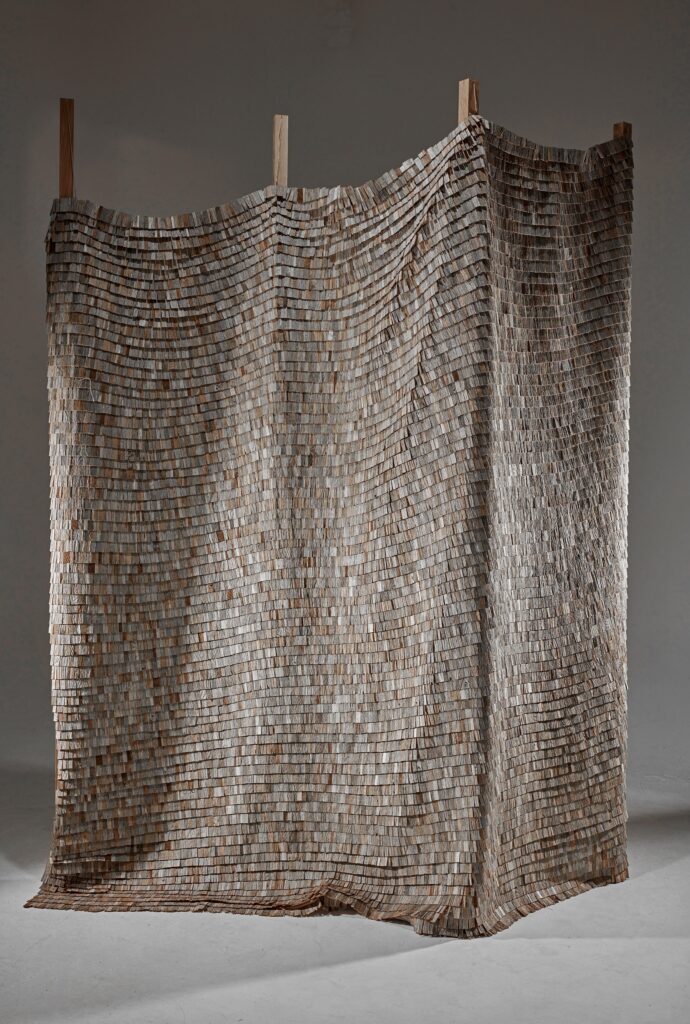
British artist Wycliffe Stutchbury has created a breathtaking room divider out of an unexpected material—thousands of tiny oak tiles cut from reclaimed fencing. Glued to cotton twill, this wood “curtain” is hung with hemp rope and cleats on a hinged, three-panelled European oak frame. Subtle shadows and textural contrasts arise from the play of weather on each piece.
Feature picture is the simple, stunning Lockerbie Sawmill by Konishi Gaffney Architects

